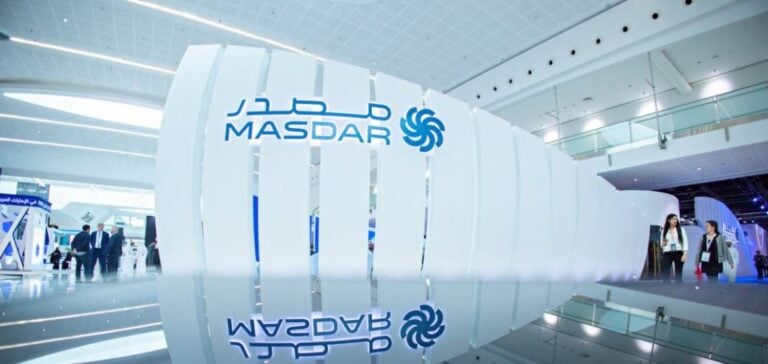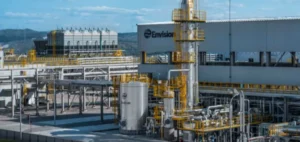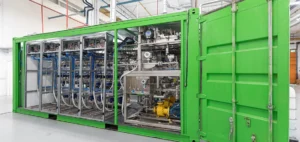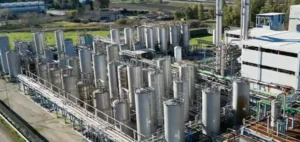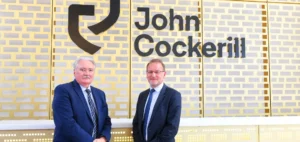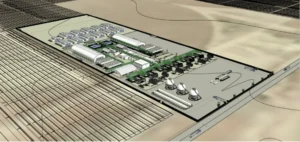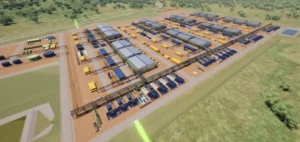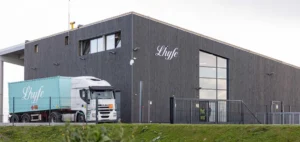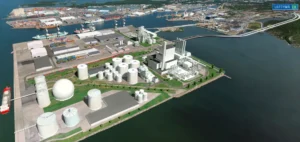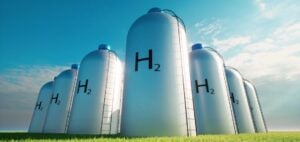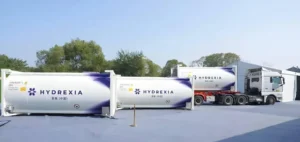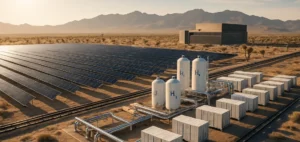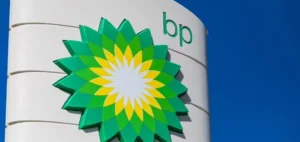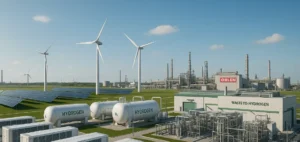The steel industry is a significant CO₂ emitter, accounting for approximately 7 to 8% of global emissions. Steel production relies on processes that require the use of coal to extract iron from ore, which is particularly energy-intensive and polluting. In this context, the pilot project conducted in Abu Dhabi by Masdar, a UAE-based renewable energy company, and EMSTEEL, the largest public steel producer in the United Arab Emirates, utilizes an innovative alternative to reduce these emissions by replacing coal with green hydrogen in the extraction process.
Green hydrogen is produced through water electrolysis powered by renewable energy sources such as solar or wind, enabling a production process without direct CO₂ emissions. This project marks the first of its kind in the Middle East and North Africa to use this technology in the steel industry. By minimizing the use of fossil sources, this process offers a cleaner alternative for producing steel, an essential material in the construction and infrastructure sectors.
Meeting the Decarbonization Needs of the Steel Industry
The demand for low-carbon construction materials is growing globally. The project by Masdar and EMSTEEL demonstrates how the integration of green hydrogen in the steel process can not only reduce CO₂ emissions but also align the sector with global energy transition goals. This initiative supports the United Arab Emirates’ strategy to promote sustainable materials, notably through the National Green Certificates Program launched in 2024 by the Ministry of Energy and Infrastructure.
A Model for Industrial Decarbonization Through Green Hydrogen
The use of green hydrogen in heavy industrial processes, such as steelmaking, represents a promising avenue to reduce the carbon footprint of sectors that are challenging to decarbonize. By exploring this solution, Masdar and EMSTEEL underscore the transformative potential of green hydrogen in the steel industry and its relevance for low CO₂ emissions production. The project thus offers a replicable model for other industrially active countries.
National Objectives and Strategic Role of Green Hydrogen
This pilot project is part of the United Arab Emirates’ Low Carbon Hydrogen Policy, which promotes the use of low-carbon hydrogen as a pillar of energy transition. This policy is integrated into the UAE’s National Hydrogen Strategy, with the goal of positioning the country as a leader in low CO₂ hydrogen production by 2031, to meet international emission reduction requirements and enhance energy security.

